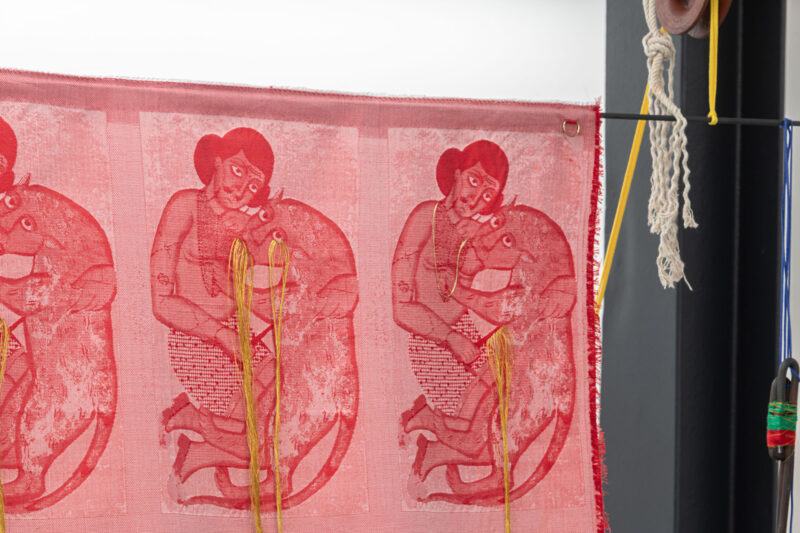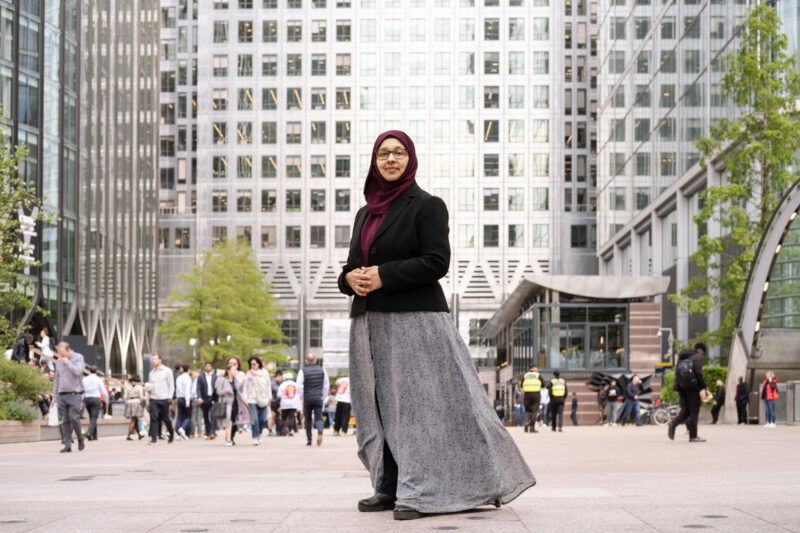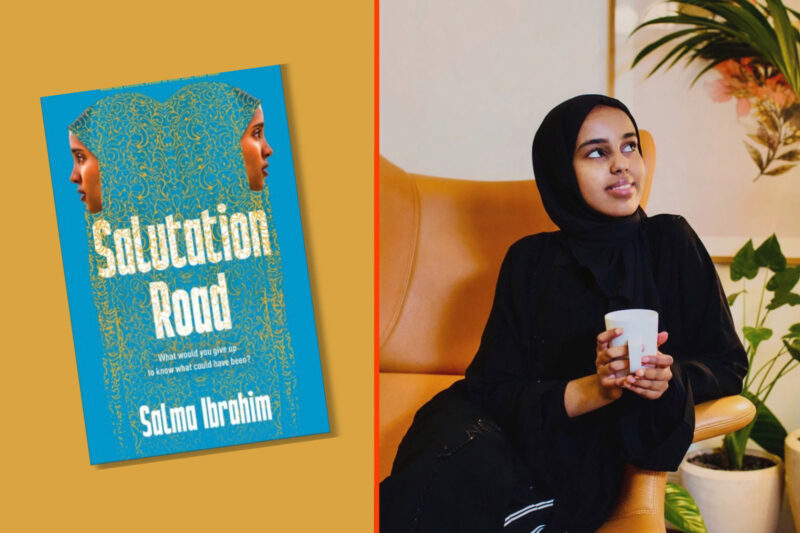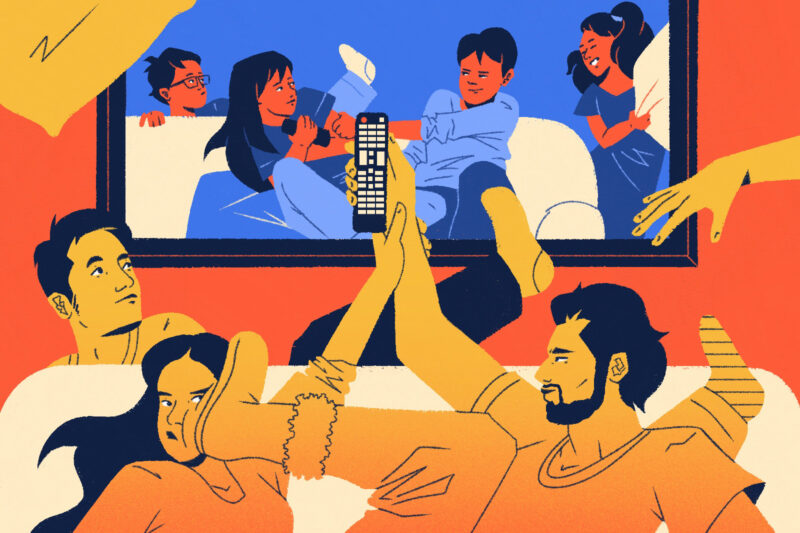Being a Swiftie and a person of colour are ‘constantly at odds’
Taylor Swift’s music has long been seen as being for one demographic only, ignoring the true diversity of her fanbase
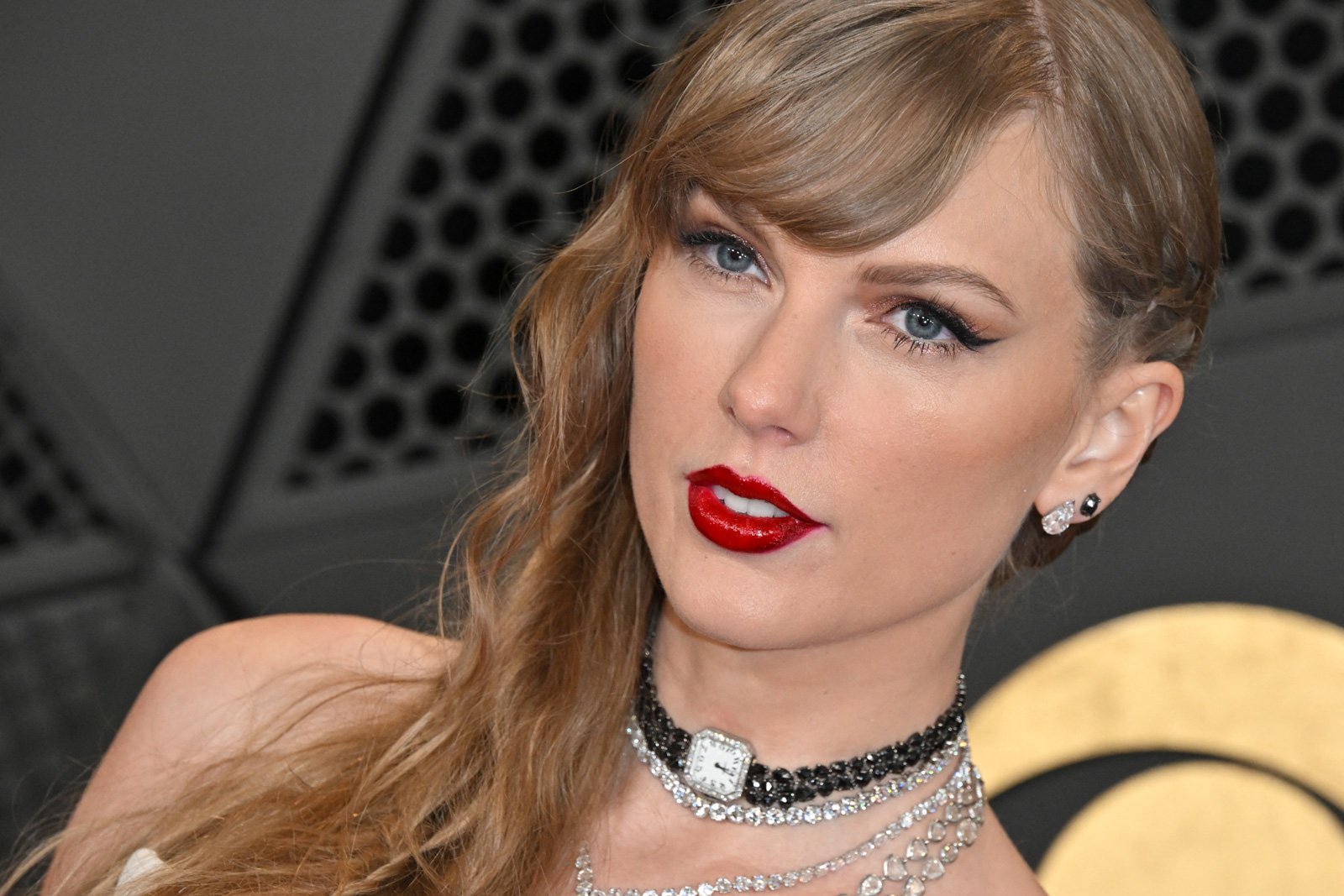
I’ve been a Swiftie for half of my life. Taylor Swift’s iconic 2008 album Fearless was one of the first physical CDs I owned and, since then, her discography has been a soundtrack to my years. Whether she’s singing about coming-of-age breakups or simply being the uncool girl who wears sneakers, there was a sense of relatability to her diaristic style of songwriting. I’ve attended multiple tours — including her current Eras tour — and burned through thousands of hours streaming her music to join the top 0.5% of her Spotify listeners. As a music fan, being a lifelong Swiftie has played a formative role in my love for fan culture and music communities.
But whenever I reveal I’m a Taylor Swift fan, most people are surprised. Even today, there continues to be a misconception about what a Swiftie “should” look like. Trawling through countless social media posts shared by Swifties on the Eras tour, you could easily come away thinking that her music speaks only to white audiences.
However, the reality is very different. Fans of colour attend her shows, buy her music, and run longstanding fan accounts. Still, there’s a growing sense that we’re denied the opportunity to occupy important roles in the Swiftverse.
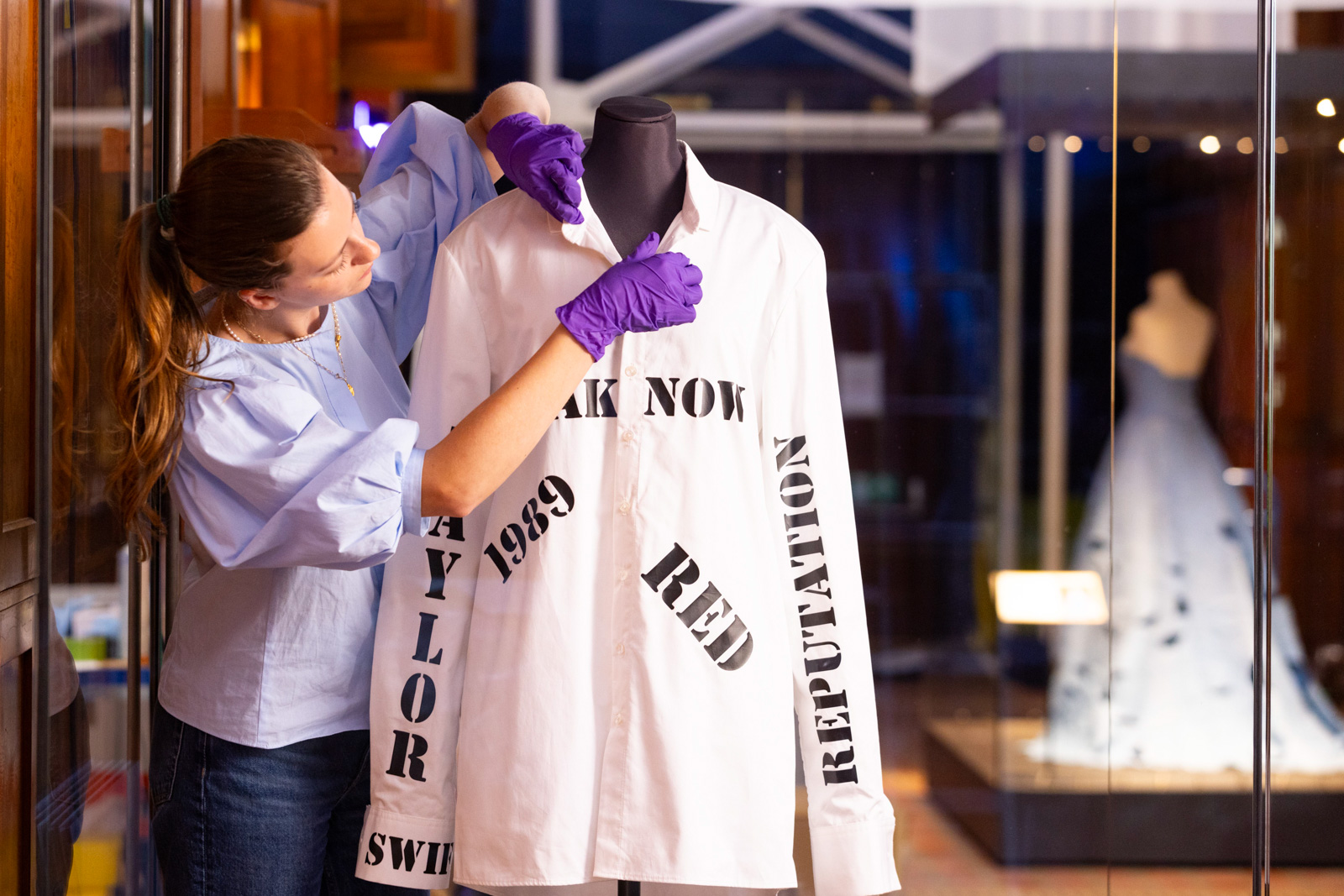
For a new exhibition at the Victoria & Albert Museum in London, celebrating the artist’s life and career — including the vital role of Swifties — the institution hired an all-white panel of “superfan” experts to advise on the Songbook Trail. Though the panel (Kelsey Barnes, India Meade, Dr Iona Murphy and Molly Gilro) all bring knowledge to their positions, the glaringly obvious lack of people of colour seems to erase those of us who have spent years supporting Swift’s art.
The V&A’s choice of experts suggests that her music is for one demographic of listeners only. “I’ve always found it a tad jarring to say I’m a fan of Taylor Swift’s music as her fandom isn’t exactly the most inclusive,” says Shahed Ezaydi, author of the forthcoming book, The Othered Woman: How White Feminism Harms Muslim Women. “The V&A’s hiring has only proven to me, once more, that being a woman of colour and a fan of Taylor are constantly at odds.”
A spokesperson from the V&A told Hyphen the recruitment process was “completely open” and candidates were asked to provide “specific examples of their level of fandom”. “The process involves anonymous recruiting, so the recruiting team do not see any personal candidate details until the interview stage. The V&A uses the disability-confident scheme, so anyone who meets the essential criteria qualifies for an interview.”
But it seems the chosen panel of Swiftie experts points to a larger issue relating to the whitewashing of her fanbase. “There’s rarely a push to prominently platform marginalised voices when we consider who gets to write, tell and shape the story of Taylor Swift,” says Larisha Paul, staff writer at Rolling Stone US.
Choices like these ignore the many non-white fans who have provided strong cultural contributions to the $2 billion Swiftie industry — including superstan Mikael Arellano, who created a dance on TikTok to Midnights track Bejewelled that went so viral Swift even started performing it on the Eras Tour.
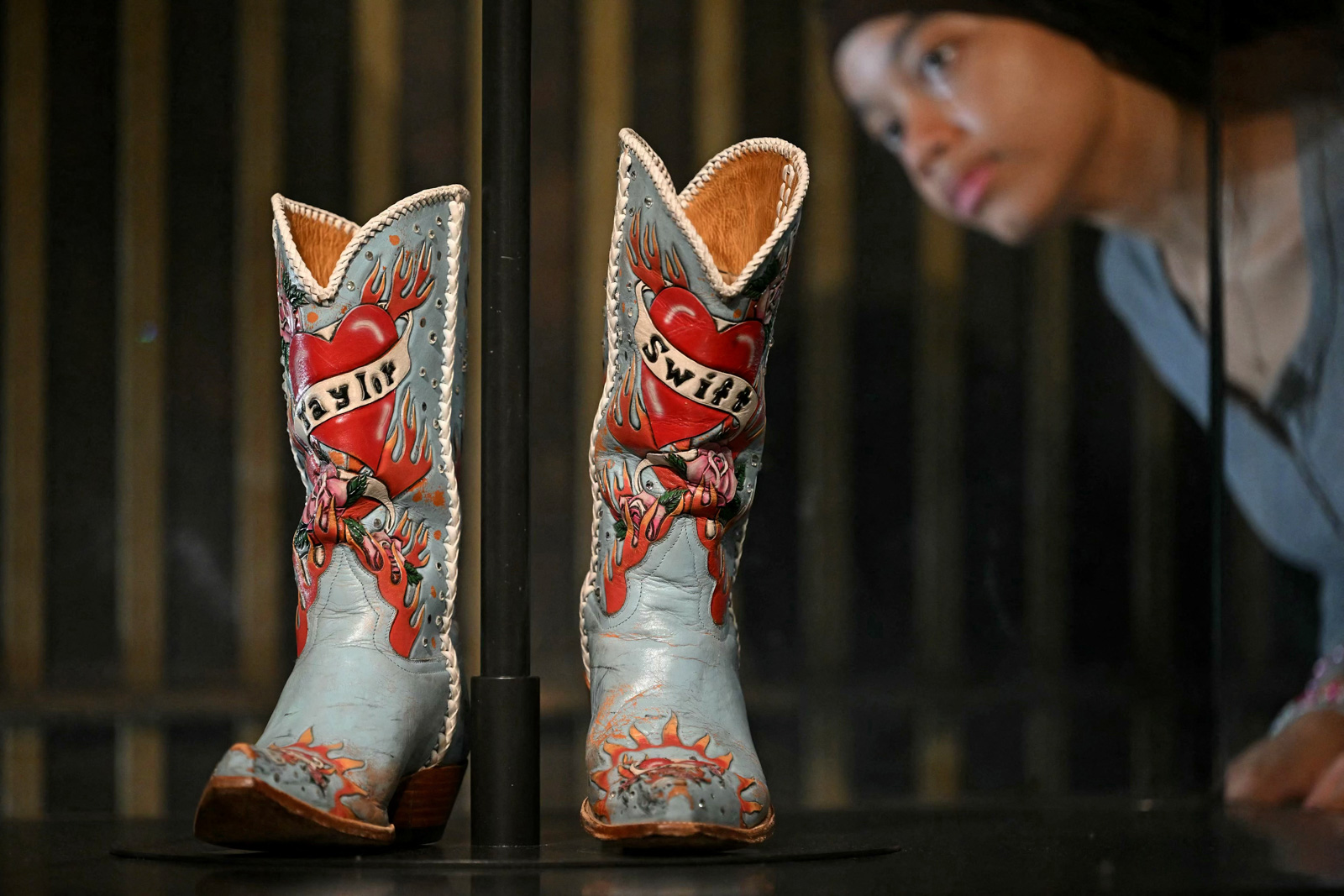
My ambivalence as a Swiftie of colour also stems from the artist herself, as her selective choice of when to be an ally over the years has, at times, made fans from minority backgrounds feel like an afterthought.
While Swift has spoken out for Black Lives Matter and made other political statements such as endorsing Joe Biden’s 2020 presidential campaign, or publicly supporting LGBTQI+ rights by giving Pride speeches at shows, her politics is undeniably intertwined with her status. She has avoided using her substantial platform to advocate for issues important to her diverse fanbase — talking out on issues such as Palestine, for example.
Her influence doesn’t exist in a vacuum, either. The singer’s image has long been leveraged by rightwing communities, though Swift rejected this connection back in 2019.
For that reason, minority voices should be given greater acknowledgement in her fanbase and in cultural discourse. There are university courses created in Swift’s name, a dedicated Guardian newsletter and even a USA Today “Taylor Swift reporter”, but still, there’s a shortfall of diverse voices in these spaces.
The power of an inclusive fanbase should not be underestimated. Without this being mirrored in real-world reporting or on social media, the nuanced perspectives formed within the community will continue to feel overlooked and undervalued. Swift’s music belongs to each of us. And the diversity of her audience is what makes her music all the more enjoyable.
 Newsletter
Newsletter



